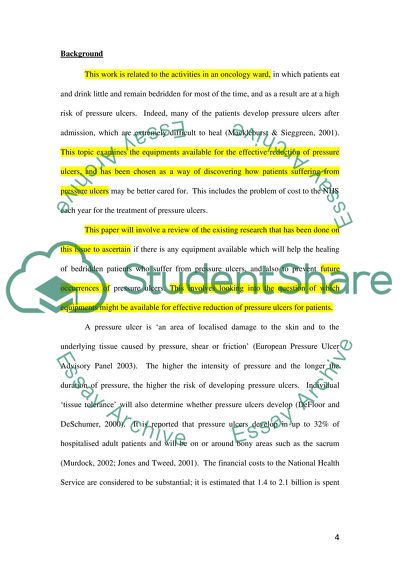Cite this document
(Critical Appraisal Essay Example | Topics and Well Written Essays - 1750 words - 1, n.d.)
Critical Appraisal Essay Example | Topics and Well Written Essays - 1750 words - 1. https://studentshare.org/health-sciences-medicine/1574777-evidence-based-practicecritical-appraisal
Critical Appraisal Essay Example | Topics and Well Written Essays - 1750 words - 1. https://studentshare.org/health-sciences-medicine/1574777-evidence-based-practicecritical-appraisal
(Critical Appraisal Essay Example | Topics and Well Written Essays - 1750 Words - 1)
Critical Appraisal Essay Example | Topics and Well Written Essays - 1750 Words - 1. https://studentshare.org/health-sciences-medicine/1574777-evidence-based-practicecritical-appraisal.
Critical Appraisal Essay Example | Topics and Well Written Essays - 1750 Words - 1. https://studentshare.org/health-sciences-medicine/1574777-evidence-based-practicecritical-appraisal.
“Critical Appraisal Essay Example | Topics and Well Written Essays - 1750 Words - 1”. https://studentshare.org/health-sciences-medicine/1574777-evidence-based-practicecritical-appraisal.


